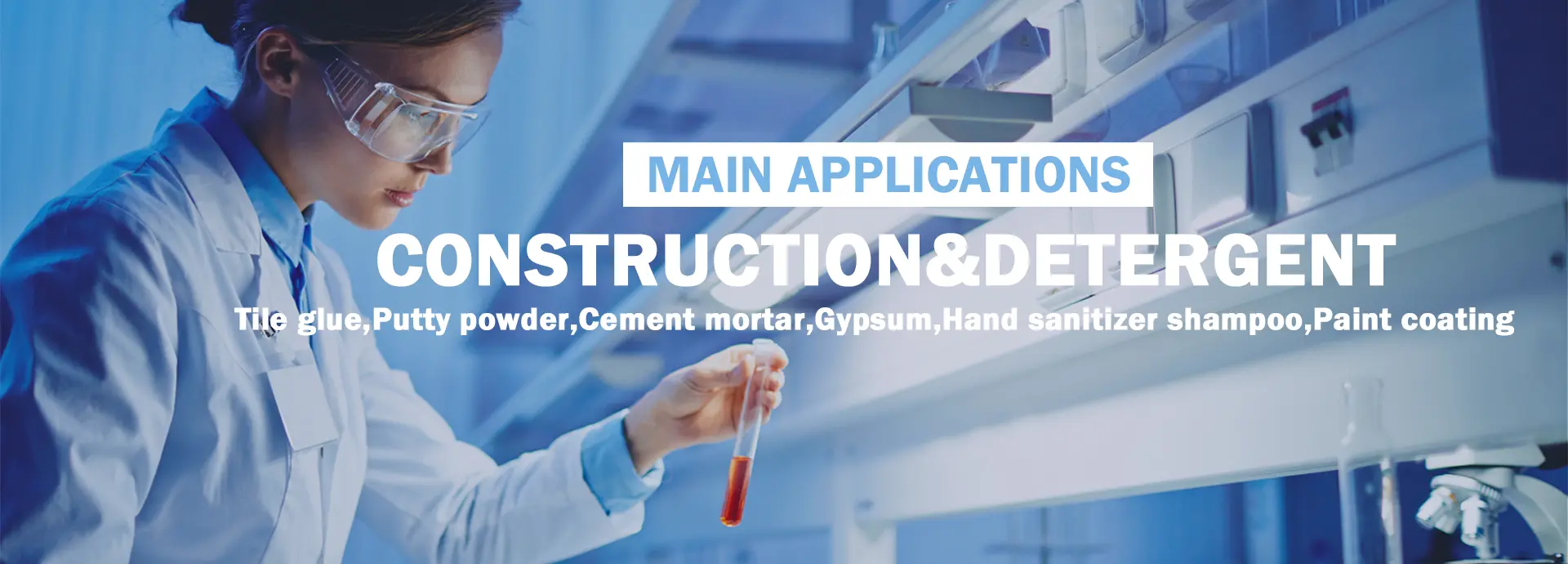Understanding HPMC Powder Its Properties and Applications
Hydroxypropyl Methylcellulose (HPMC) powder is a versatile, non-ionic cellulose ether widely used across various industries, notably in pharmaceuticals, food, construction, and cosmetics. Its unique properties make it an essential ingredient in many formulations and applications, enhancing product performance and stability.
What is HPMC Powder?
HPMC is derived from cellulose, a natural polymer found in the cell walls of plants. Chemically modified to enhance its solubility and functionality, HPMC features hydroxyl (–OH) and methoxy (–OCH3) groups, which facilitate its ability to form films, thickening agents, and binders. These chemical modifications allow HPMC to dissolve in both warm and cold water, forming a gel-like consistency.
Properties of HPMC Powder
HPMC boasts several advantageous properties, making it a top choice in various formulations
1. Thickening Agent One of the most valued characteristics of HPMC is its thickening ability. It increases the viscosity of solutions, offering optimal flow properties that are essential in many liquid products, from paints to food items.
2. Film Forming HPMC can form a flexible and transparent film upon drying. This property is especially beneficial in coatings, providing moisture and oxygen barriers.
3. Water Retention HPMC helps retain moisture in various applications, which is crucial in improving shelf life and texture in food and cosmetics.
4. Stabilization Because of its emulsifying properties, HPMC is used to stabilize emulsions and suspensions, preventing the separation of components.
hpmc powder

5. Biocompatibility In pharmaceuticals, HPMC is recognized for its biocompatibility, making it suitable for use in drug delivery systems, where it can control the release of active pharmaceutical ingredients (APIs).
Applications of HPMC Powder
The applications of HPMC powder are plentiful and diverse across different sectors
1. Pharmaceuticals In the pharmaceutical industry, HPMC is used in tablets, capsules, and topical formulations. It serves as a binder in tablet formulations, ensuring the components are held together adequately. Additionally, HPMC is often used in controlled-release formulations, where it regulates the release of medication into the body.
2. Food Industry HPMC is commonly used as a food additive to improve texture and stability. It is found in processed foods, sauces, dressings, and dairy products. Due to its ability to form gels, it helps in creating desirable textures, such as in low-fat dairy products where it replaces fat without compromising consistency.
3. Construction In the construction industry, HPMC acts as a thickening agent in cement and mortar mixtures. It improves workability and adhesion, making it easier to apply and enhancing the durability of construction materials.
4. Cosmetics The cosmetic industry utilizes HPMC for its thickening and stabilizing properties. It is often found in lotions, creams, shampoos, and other personal care products, providing the desired consistency and enhancing the feel of the product.
5. Agriculture HPMC is also used in agriculture, particularly in the formulation of pesticide and herbicide products. Its emulsifying properties help to create stable formulations, ensuring a consistent application.
Conclusion
In conclusion, HPMC powder is a multifunctional and highly adaptable polymer that plays an essential role in a myriad of industries. Its unique combination of thickening, film-forming, and stabilizing properties enables it to enhance product performance and stability across various applications. As industries continue to evolve and seek innovative solutions, the significance of HPMC is expected to grow, paving the way for further research and development to unlock its full potential. Whether in pharmaceuticals, food products, building materials, or cosmetic formulations, HPMC remains a critical ingredient that contributes to product excellence.
-
The Application and Significance of Construction RdpNewsMay.19,2025
-
Industrial Grade HpmcNewsMay.19,2025
-
Building Coating Adhesive Building Coating Adhesive HpmcNewsMay.19,2025
-
Application Of Hpmc For Detergent For Detergent In DetergentsNewsMay.19,2025
-
Application Of Hpmc Cellulose In Cement-Based MaterialsNewsMay.19,2025
-
Application Of High Quality Hpmc For Construction In The Field Of ConstructionNewsMay.19,2025




